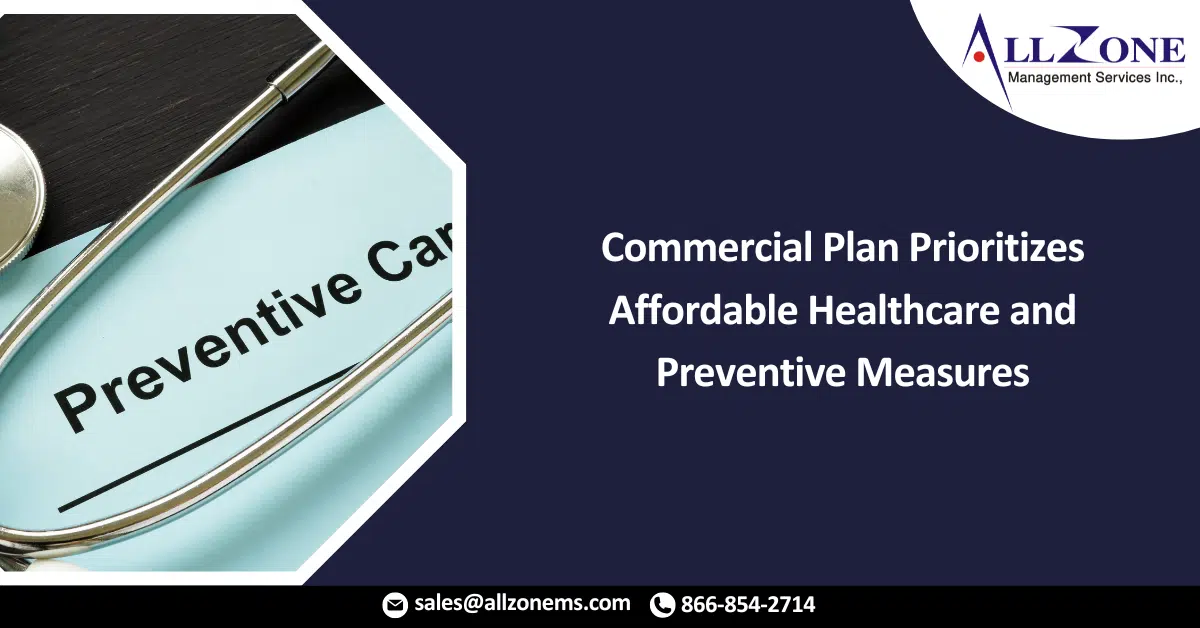The emphasis on preventive care by the payer likely contributed to its high re-enrollment rate. Insurance Company’s employer-sponsored healthcare plan, compliant with the Affordable Care Act, has emerged as the fastest-growing commercial plan for the payer. Data from the payer’s Impact Study suggests that the healthcare plan company’s focus on both price transparency and preventive care is correlated with improved care and medication adherence.
In 2022, the healthcare plan witnessed a surge in preventive care visits and a decline in high-cost, avoidable care utilization. Physician visits saw a notable 20 percent increase. Moreover, preventive physical exams experienced a 9 percent rise, preventive mammograms increased by 15 percent, and preventive colonoscopy rates jumped by an impressive 34 percent.
Conversely, there was a 6 percent reduction in emergency department utilization. Inpatient hospital admissions dropped by 13 percent, and the overall number of surgeries decreased by 5 percent. Instead, members showed a preference for urgent care, leading to a 6 percent rise in urgent care utilization or virtual care.
The CEO of Insurance Company’s commercial business emphasized, ‘We understand that people seek a healthcare plan that is straightforward, user-friendly, and assists them in choosing the right care, at the right time, and in the right setting. We’re delighted to observe that the healthcare plan’s innovative plan design, which includes an intuitive digital interface, is resonating positively with both members and employers.’
The payer reported that employers achieved an 11 percent reduction in the total cost per member per month due to these shifts. Additionally, for three consecutive years, the healthcare plan maintained a year-over-year medical trend of less than 5 percent, resulting in overall savings of up to 15 percent for employers.
The plan’s net promoter score, indicating member satisfaction, stood at an impressive 90 percent, contributing to the high re-enrollment rate. In 2024, the healthcare plan is set to introduce fully insured plans in six additional states. The plan is accessible to employers with a self-funded plan for 51 or more employees. Prior to expansion, its coverage spanned 32 states and territories, including Washington, DC.
The healthcare plan company is not the sole plan enhancing its price transparency strategies. Health plans, in response to significant legislation, are bolstering their price transparency tools, compelling both payers and hospitals to be more forthcoming about care costs. Separate research from health trade association reveals that consumers are supportive of this push for price transparency. Across the political spectrum, consumers opposed hospital monopolies and site-based cost increases, advocating for increased transparency in mergers and acquisitions.
In 2022, the rising adoption of these tools by plans was reflected in consumer awareness about price transparency. A healthcare plan’s survey found that seven out of ten consumers confirmed that their plans provided transparency tools. Furthermore, 67 percent of respondents reported using the price transparency tools offered by their payers. Transparency has emerged as a pivotal strategy in building trust in the health insurance system, mending years of distrust between consumers and health plans

